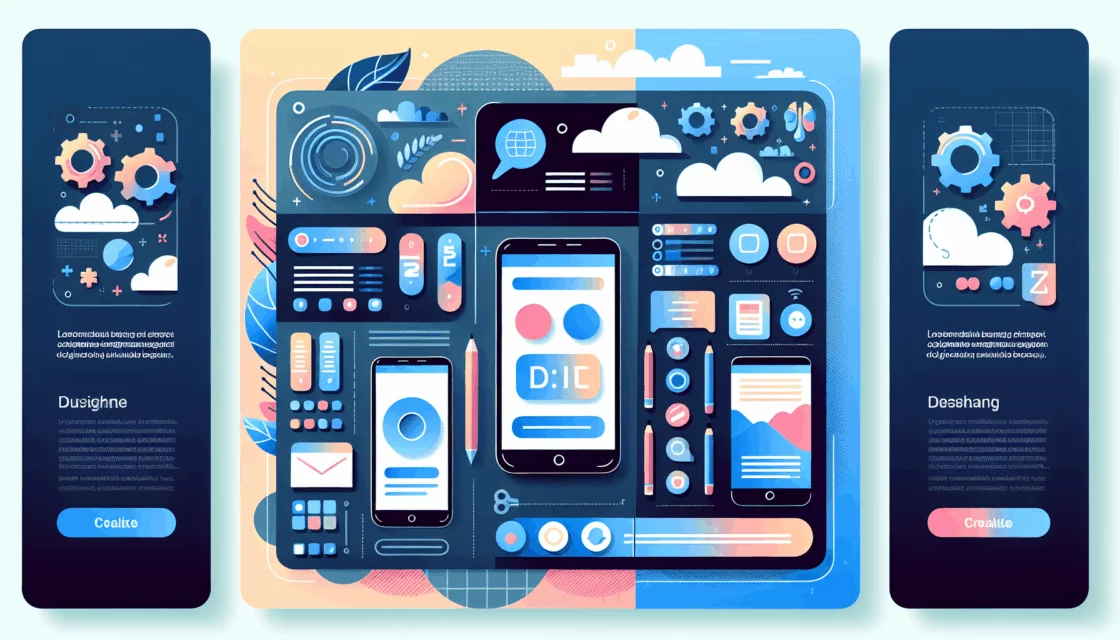
In today’s digital landscape, where visual appeal and functionality are paramount, developers and designers are constantly seeking innovative methods to enhance user experience and improve website performance. One of the most effective tools in modern web design is the use of Scalable Vector Graphics (SVGs). SVGs offer a multitude of benefits over traditional raster images, including scalability, faster loading times, and ease of manipulation with CSS and JavaScript. As a leading WordPress development agency, Belov Digital understands the importance of leveraging SVGs to create visually stunning and performance-driven websites for clients across the USA, UK, and Canada.
Unlocking the Power of SVGs in Modern Web Design
Scalability and Responsiveness
SVGs are vector-based, meaning they use mathematical formulas to define shapes and lines, rather than pixels. This unique characteristic allows SVGs to be scaled up or down without losing quality or becoming pixelated, making them ideal for responsive web design. As mobile usage accounts for over 50% of web traffic, ensuring that websites adapt seamlessly to different screen sizes and resolutions is crucial for maintaining a consistent user experience. Companies like Stripe have successfully integrated SVG illustrations throughout their website to create a playful and visually appealing design that scales perfectly across various devices.
Enhancing Web Performance
SVG files are typically smaller in size compared to raster images such as JPEG or PNG. This results in faster website loading times, which is essential for enhancing user engagement and search engine optimization (SEO). Websites that load quickly are favored by search engines, potentially improving their SEO rankings. Additionally, SVGs can be further compressed using techniques like GZIP compression to reduce file size even more.
Flexibility and Interactivity
One of the most significant advantages of SVGs is their ease of manipulation with CSS and JavaScript. This allows developers to animate, style, and interact with SVG elements dynamically. For instance, web designers can use JavaScript libraries such as GreenSock or Snap.svg to create complex animations and interactive elements like morphing shapes or interactive infographics. SVG lines, in particular, can be used to add decorative patterns or guide users’ attention to important sections of a web page, enhancing user interaction and engagement.
Best Practices for Implementing SVGs
Optimizing SVG Files
- Use viewBox Attribute: This ensures that your SVG scales properly while maintaining its proportions.
- Optimize SVG Files: Minify and compress SVG files to reduce their size without compromising quality.
- Test Across Devices: Ensure that your SVGs display consistently across different devices and browsers.
Styling and Animating SVGs
- Leverage CSS: Use CSS to dynamically change colors, add effects, or animate SVG elements.
- Utilize JavaScript: Enhance interactivity by adding events or using libraries for complex animations.
Accessibility Considerations
- Include Fallbacks: For older browsers that may not support SVG, always provide fallback options like PNG or JPEG.
- Enhance Accessibility: Ensure SVGs are screen reader-friendly by adding relevant semantic meaning.
Real-World Examples and Case Studies
Stripe’s Use of SVG Illustrations
Stripe’s website is a notable example of how SVGs can enhance visual appeal while maintaining responsiveness and scalability. Their illustrations are not only visually stunning but also animated using CSS, adding an interactive touch to the user experience.
Path Effects and Data Visuals
SVGs can be used to create intricate path effects or interactive data visuals, which are especially useful for presenting complex information in an engaging format. This technique is widely adopted in educational and informative websites where interactivity enhances learning and retention.
Conclusion and Next Steps
SVGs are revolutionizing the way we create and display images on the web, offering a perfect blend of scalability, performance, and interactivity. By integrating SVGs into your web design workflow, you can create visually appealing, responsive, and engaging websites that cater to diverse user needs. For businesses seeking to elevate their online presence through modern web design solutions, Belov Digital Agency provides expert guidance and development services tailored to your specific needs. Whether you’re looking to improve website performance or enhance user engagement, leveraging the power of SVGs and partnering with a forward-thinking agency like Belov Digital can make all the difference.
To explore further how SVGs can enhance your website, consider checking out resources like W3C SVG Documentation for technical insights or SVG Basics for Web Developers for practical guidance. For optimizing website performance, using top-tier hosting services like Kinsta can also play a crucial role in ensuring that your visually stunning SVG-driven website loads quickly and efficiently.
Feel free to reach out to us at Belov Digital for a consultation on how to integrate SVGs and other advanced technologies into your web design strategy.













